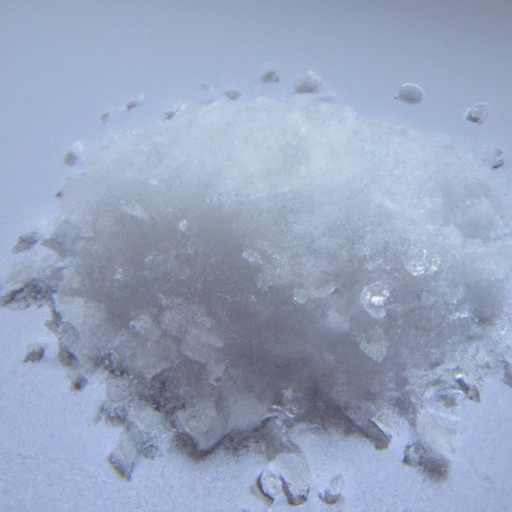Alum
Description

Alum, also known as potassium aluminum sulfate, is a chemical compound commonly used in food preparation and various household applications. In culinary contexts, it's primarily known as a firming agent, contributing to the texture and consistency of pickles, relishes, and various canned vegetables. Alum is recognizable in its crystalline form and is soluble in water, making it easy to incorporate into various recipes.
Common uses
Alum is frequently used in food processing, especially in pickling recipes to maintain the crunchiness of pickled fruits and vegetables. It's also found in some baking powders as an acidulent to react with baking soda, and it may be used in water purification processes. In addition to culinary uses, alum is used in the production of some personal hygiene products and in traditional medicine.
Nutritional value
Calories
Alum is not consumed for its caloric value, and typically only very small amounts are used in food preparation, contributing negligible calories.
Protein
Alum does not contain protein.
Fat
Alum is fat-free.
Carbohydrates
There are no carbohydrates in alum.
Vitamins
Alum does not provide vitamins.
Minerals
As a mineral salt, alum contains trace amounts of aluminum and potassium. However, it's not a significant source of dietary minerals due to the small quantities used in cooking.
Health benefits
While alum is not consumed for health benefits, its role in food preservation can aid in prolonging the shelf-life of certain foods, potentially reducing food waste.
Potential risks
Excessive consumption of alum can lead to health risks, including aluminum toxicity. It's important to use it judiciously in culinary applications, following recipe guidelines closely. Individuals with kidney issues or those avoiding aluminum exposure should consult with a health professional before consuming foods prepared with alum.
Common recipes
Alum is most commonly found in pickle recipes, where it is used to crisp cucumbers and other vegetables. It may also appear in some traditional baking recipes.
Cooking methods
Alum is typically dissolved in water or added directly to recipes in its powdered form. It is not used as a standalone flavoring agent but rather as a textural enhancer.
Pairing with other ingredients
Alum pairs well with acidic environments, which is why it's so effective in pickling. It also functions well in combination with other leavening agents in baked goods.
Summary
Alum is a versatile ingredient with a long history of use in food preparation, particularly in pickling and some baking practices. It is valued for its textural properties but should be used in moderation due to potential health risks associated with excessive consumption. Those using recipes from different regions of the world, including American and European traditions, will find alum measured in teaspoons (tsp), tablespoons (tbsp), or grams (g), with a typical range being 1/4 tsp (1.2 ml or about 1.2 g) to 1 tbsp (15 ml or about 14.3 g) depending on the application. As with any ingredient, it's crucial to understand both the benefits and potential risks when incorporating alum into your cooking.